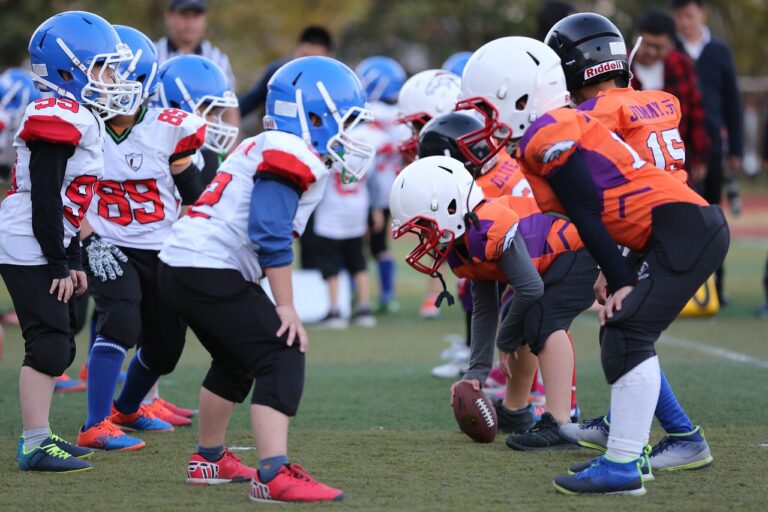Analyzing the Role of Virtual Reality in Flight Simulator Training
Flight simulator training has come a long way since its inception in the early 20th century. Initially used as simple devices to replicate the sensation of flying, simulators have now evolved into advanced systems that closely mimic real-life flying conditions. These technological advancements have revolutionized the way pilots are trained, providing a safe and cost-effective alternative to traditional training methods.
The introduction of computer software and realistic graphics has significantly enhanced the effectiveness of flight simulators. Pilots can now practice a wide range of maneuvers and scenarios in a controlled environment, allowing them to develop their skills and knowledge without the risks associated with actual flight. Furthermore, the ability to simulate various weather conditions and emergencies has made flight simulator training an essential component of pilot education and ongoing professional development.
Benefits of Virtual Reality in Flight Simulation
Virtual reality (VR) technology has revolutionized the field of flight simulation training by providing a high level of immersion and realism for aspiring pilots. By incorporating VR headsets and controllers, trainees can experience a simulated cockpit environment that closely mimics the actual conditions of flying an aircraft. This hands-on approach allows pilots to practice and refine their skills in a safe and controlled setting, leading to increased competence and confidence in real-life flight situations.
One of the key advantages of using virtual reality in flight simulation is the ability to recreate various scenarios and conditions that may be difficult or dangerous to replicate in traditional training methods. Pilots can now practice flying in different weather conditions, terrain types, and emergency scenarios without putting themselves or others at risk. This type of experiential learning not only enhances pilots’ technical abilities but also improves their decision-making skills under pressure, ultimately leading to safer and more competent aviators.
Enhancing Realism in Flight Training through Virtual Reality
Flight training has seen a significant transformation with the integration of virtual reality technology. Pilots can now experience highly realistic simulations of different flying conditions, aircraft models, and environments. This level of immersion enhances the training experience, allowing pilots to practice emergency procedures, cockpit familiarization, and challenging maneuvers in a safe and controlled virtual setting.
The use of virtual reality in flight training also provides a cost-effective solution for aspiring pilots and aviation professionals. Instead of relying solely on expensive, physical flight simulators, virtual reality offers a more accessible and scalable option. This accessibility not only reduces training costs but also allows for more frequent and varied training scenarios to improve pilot skills and decision-making abilities.
What is the history of flight simulator training?
Flight simulator training has evolved over the years, starting from basic mechanical simulators to advanced computer-based simulations that closely mimic real-world flying conditions.
How does virtual reality enhance realism in flight training?
Virtual reality technology allows pilots to experience a more immersive and realistic training environment, with detailed graphics, realistic physics, and interactive scenarios that closely simulate real-world flying experiences.
What are the benefits of using virtual reality in flight simulation?
Some benefits of using virtual reality in flight simulation include improved spatial awareness, enhanced situational awareness, increased engagement, and cost-effective training opportunities.
Can virtual reality be used for both novice and experienced pilots?
Yes, virtual reality can be used for pilots at all levels of experience, from novice pilots learning basic skills to experienced pilots honing their expertise in complex flight scenarios.
How does virtual reality training compare to traditional flight training methods?
Virtual reality training offers a more cost-effective and flexible alternative to traditional flight training methods, allowing pilots to practice in a variety of scenarios without the need for expensive equipment or real-world resources.





